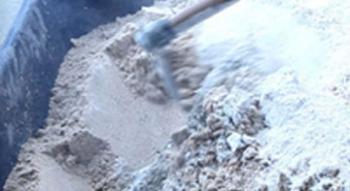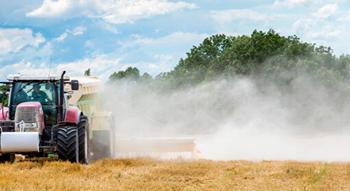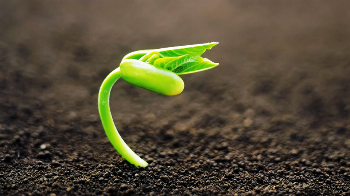Lime in Aged Paste
It is produced and derives from artisanal and traditional processes, processes which give it quality characteristics proven by the laboratory of time, taking into account its use by civilizations of the 'Greeks, Romans and others' ancestors.
It results from the process of extinction or erasure of quicklime in handcrafted stone, called 'erasure by immersion' because the proportion of water is theoretically three times greater than the quantity of quicklime, thus obtaining a lime with a pasty texture, white in colour, quite concentrated and homogeneous. After this process, it is then passed through a micronized mesh sieve in order to remove all impurities and non-reactive residues, remaining at rest for 3 to 5 days in order to cool down completely and then packaged. This aging, stage or curing process begins after the aerial lime is packaged in 120 litre plastic barrels where it rests for months on end, during the resting time the decanting process occurs "the water submerges in the lime", enriching the lime qualitatively.
We consider the minimum stage time of 2 months due to the fact that from this moment on alterations in the composition of the lime are already detected, which allows the execution of more demanding works. The aging/application time relation is defined by several factors, namely the demand of the final work and the experience of the applicator in relation to the application being executed
Applications:
- Paintings of aerial lime or whitewash, allowing the addition of natural pigments;
- Based on the industrial production of paints;
- Civil construction (restoration, rehabilitation, reconstruction and new work);
- As binder and base for aerial lime mortars or plasters, produced on site or in pre-dosed industrial processes (thin plasters, bars, etc.);
- Decorative arts (high decoration paintings, stuccos, frescoes and others).


